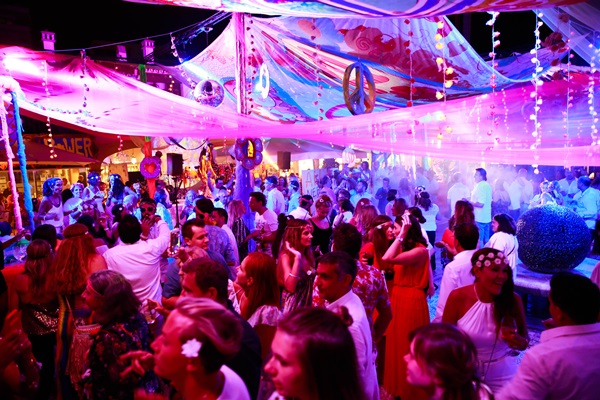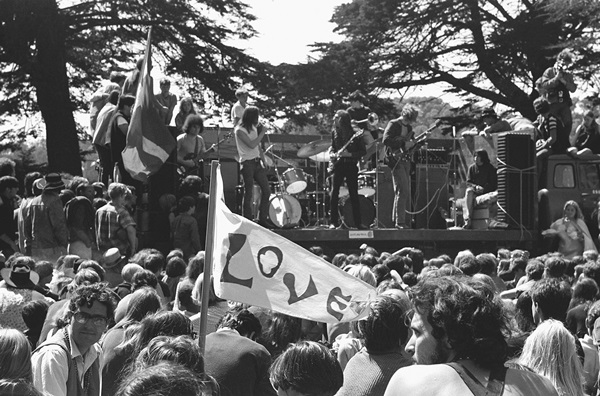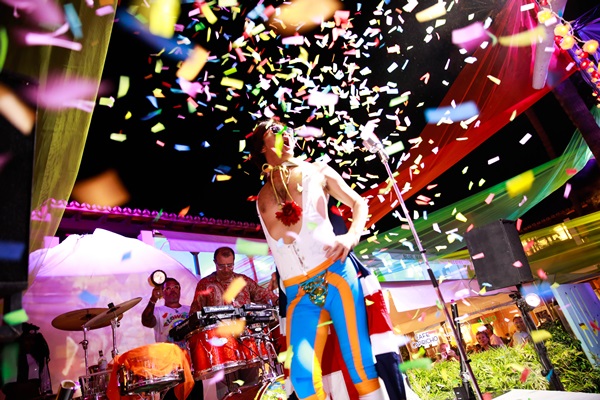The Power of the Flower
The flowers were proclaimed as weapons in a call of peace.
On the night of July 6th you can travel in time to the psychedelic 60s in the famous Flower Power party at Puerto Portals’ marina. Shows, music and dress code, all turn hippie. For this one night, the port is filled with Ibizan performances, where you have the chance to meet Ray Charles, Prince or Bob Marley.
Talking about the 60s, we surely have to refer to the hippie movement, and talking about such, we have to mention Allen Ginsberg. In November 1965 this poet gathered the first hippies in San Francisco to rise against the Vietnam War. This American city became the core of the movement that withstood capitalism and called upon world peace and love.
A month earlier, in October 16th 1965, around 5000 people walked from Berkeley University to Oakland’s airport area, a key spot where a military post had been set. Along the march, the congregated people walked and cried ‘peace and love’ to the sound of ‘Satisfaction’ by The Rolling Stones or ‘I’m fixing to die’ by Country Joe and The Fish.
Ginsberg, the demonstration’s leader, wrote ‘how to make a march/spectacle’, an essay where flowers were designated as strategic weapons, and from this point onwards the power of the flower arose. The activist Abbie Hoffman arranged the event Flower Power Day, and this was the origin of one of the most popular terms of the hippie movement.
Incidentally, in the United States the word ‘hippie’ stems from the English word ‘hipster’, a previous subculture in the Beat Generation, that was led by existentialist philosophy. Its followers dressed completely in brown or black-coloured clothes. Its resemblance to the successive movement lies in the bohemian lifestyle and the anti-authoritarian approach.


